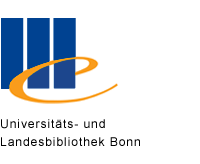The impact of the duration of parental leave on women's employment in Korea is examined by focusing on the heterogeneous effects. The results of the extension of the maximum job-protected leave from 12 months to 15 months are as follows. First, the policy change led to more female employees taking leave more often and for longer periods. The impact of leave take-up on high wage earners is found to be smaller than that on their low wage counterparts, but that on duration is larger; this points to a fixed cost in switching between own and paid child care. Further, those in large firms tend to benefit more than those in small- or medium-sized firms. Second, the extension encouraged women to return to work 2-3 years after childbirth, but this effect diminished after 4 years. The findings suggest that the distributional effect should be considered in designing leave policy.

